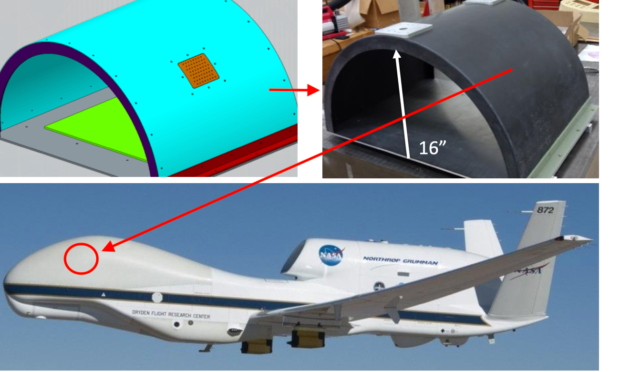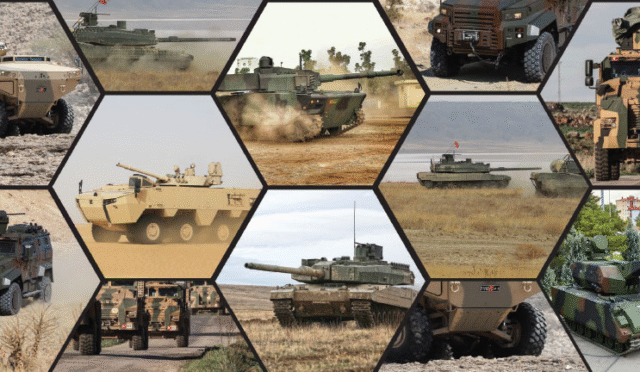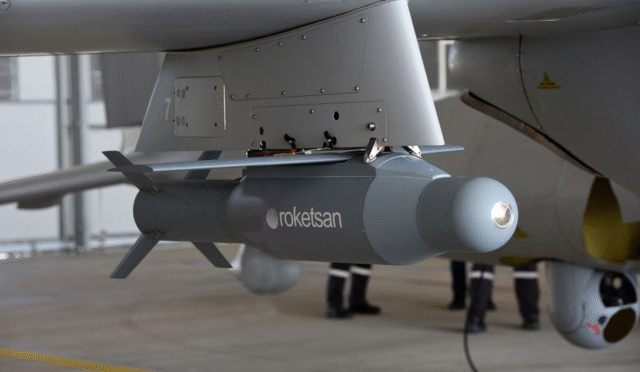Advancements in Guided Sniper Ammunition
**The French-German Saint-Louis Research Institute is making significant strides in developing a revolutionary 12.7 mm caliber guided sniper bullet. This innovative project, known as the I-SMART (ISL Sniper Munition Actuated to Reach Target), aims to enhance the accuracy of sniper operations dramatically. Built upon insights gained from various guided munitions programs, this initiative incorporates sophisticated technologies designed to improve hit rates in challenging environments.**
The I-SMART bullet comprises five essential components, each playing a critical role in achieving its targeted endeavor. This includes advanced optics for precision during terminal guidance, navigation electronics, a robust power supply, activation mechanisms, and vital communication systems. According to recent reports by EDR Magazine, one of the primary engineering challenges lies in fitting all these electronic components into a bullet that is approximately 54 mm long and has a diameter of 12.7 mm. To ensure reliability, all components must withstand the immense pressures of firing and must be rigorously tested through actual weapon firings.
Operational Principles and Testing Phase
The operational concept of the 12.7 mm guided bullet is particularly intriguing due to its use of an optical sensor integrated into the bullet’s tip. This feature enables terminal guidance during flight, with trajectory corrections traditionally calculated by a ground control unit. This means that during its flight path, the ammunition can communicate directly with the sniper’s support station, enhancing overall accuracy.
Looking ahead, future iterations of the bullet aim to incorporate an internal computational system that will facilitate trajectory corrections autonomously. While aerodynamic control surfaces have shown promising results in laboratory tests, they have yet to be subjected to actual firing conditions. The goal set by the ISL is ambitious: achieving a lateral correction capability of up to 50 meters at a distance of 2,000 meters, allowing snipers to accurately engage moving targets traveling at speeds of 60 km/h with minimal training.
Future Prospects and Compatibility
In its efforts to modernize sniper technology, the ISL is also keen on ensuring compatibility of the guided ammunition with the widely used 12.7×99 mm caliber sniper rifles. Although the precise timeline for the project’s final testing stage has not been disclosed, this phase is crucial, as it is anticipated to elevate the Technology Readiness Level (TRL) to 5.
Upon reaching this milestone, the institute plans to explore industrial partnerships aimed at transitioning the guided bullet from prototype form into commercial production. This endeavor could significantly influence the tactical capabilities of military forces worldwide, aligning with the broader trend of technological integration in modern combat.
Comparative Analysis of Global Efforts
While the French-German initiative stands out, it is noteworthy that only the United States and Russia have embarked on similar guided munitions projects for snipers. One prominent U.S. program, known as EXACTO (Extreme Accuracy Tasked Ordnance), was initiated by DARPA and saw demonstrations in 2015. However, the program has yet to yield a deployed product.
On the Russian front, developments in guided ammunition began around the same time as the EXACTO project. This initiative aims to bolster the efficacy of Russian long-range sniper rifles utilizing 12.7×108 mm guided munitions, although limited information is available regarding its current status and results.
Emerging Innovations in Sniper Technology
Further advancements in sniper technology have emerged with MKE’s introduction of two new variations of the KNT-76 sniper rifle. These innovations reflect a continued commitment to enhance the capabilities of long-range precision shooters, ensuring they remain equipped to face modern battlefield challenges.
As guided ammunition projects evolve, the integration of advanced sniper rifles with these new technologies could reshape how military engagements are conducted. The synergy between accurate weaponry and guided projectiles promises a new era of battlefield efficiency, improving hit rates and operational success in hostile environments.







